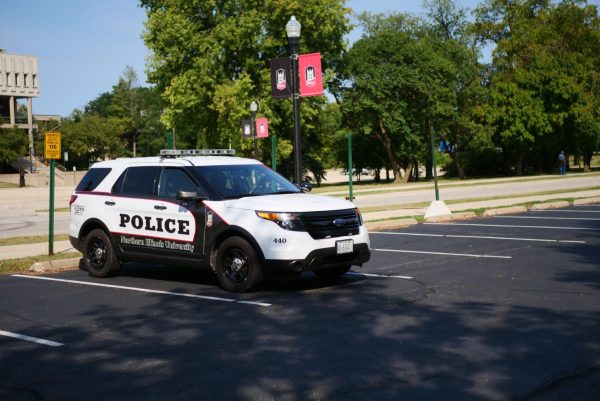Students balance credit cards
November 3, 2004
Editor’s note: This piece is the first story in a two-part series on credit card debt. The second installment will address where students can go to get help with credit card debt.
Shopping without limits and adding the balance to a credit card got senior history major Julie Clute into credit card debt.
“When I first got my credit card, I was all excited,” Clute said. “$500? All right!!”
Clute chose the card’s design – a beautiful rose. But things began to smell when the bills started to come.
“Don’t pay just the minimum,” Clute said. She started out by only paying the minimum required amount due each month. The fees and interest started to pile up, and soon Clute was in over her head.
Now Clute has been working hard to get out of debt by paying as much as possible, she said.
The feelings she shares with millions of other students toward shopping and credit are the subject of a study by Pennsylvania State University researchers.
College students who use credit cards are more likely to get into financial trouble, yet they seem unable to resist using the plastic, according to the study.
Researchers surveyed 589 students age 18 to 22 at 11 public and private U.S. colleges during the 2001-02 academic year and asked them about their credit card use.
In the study, 25 percent of students paid their credit card balances every month, and the other 75 percent carried a combined debt of $400,000, with the average outstanding debt per student at $686.
Clute isn’t the only student at NIU that has had problems with credit cards. The same thing happened to Melissa Byrd, a junior elementary education major.
Byrd got her first credit card when she was still in high school. She, too, got in over her head.
“Oh, they come and say ‘sign and get a free T-shirt,’” she said of credit card solicitors.
Byrd had to ask her parents to pay off the balance and told them she would pay them back.
“It can be a scary feeling because I did not have money and I felt bad,” she said.
But having a credit card is not necessarily a bad thing – it is how you use it, said Mary Beth Pinto, associate professor of marketing at Penn State Erie and a researcher involved with the Penn State study.
There are two types of credit card users: convenience users and installment users, Pinto said.
Convenience users utilize their cards as a substitute for cash and pay the balance in full each month, Pinto said. Installment users carry a monthly balance and use their credit card as a source of short-term revolving credit.












